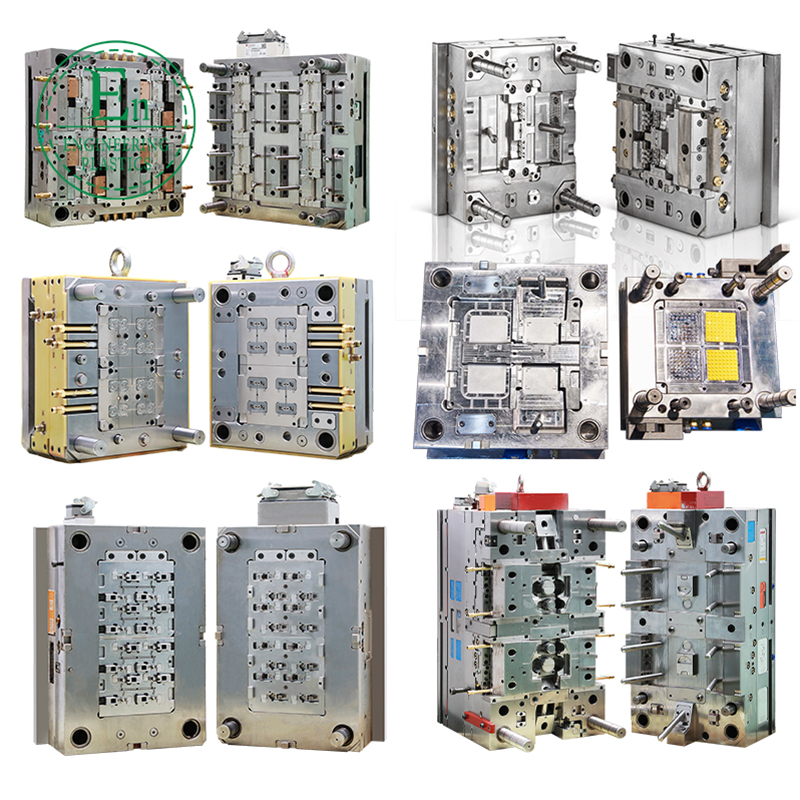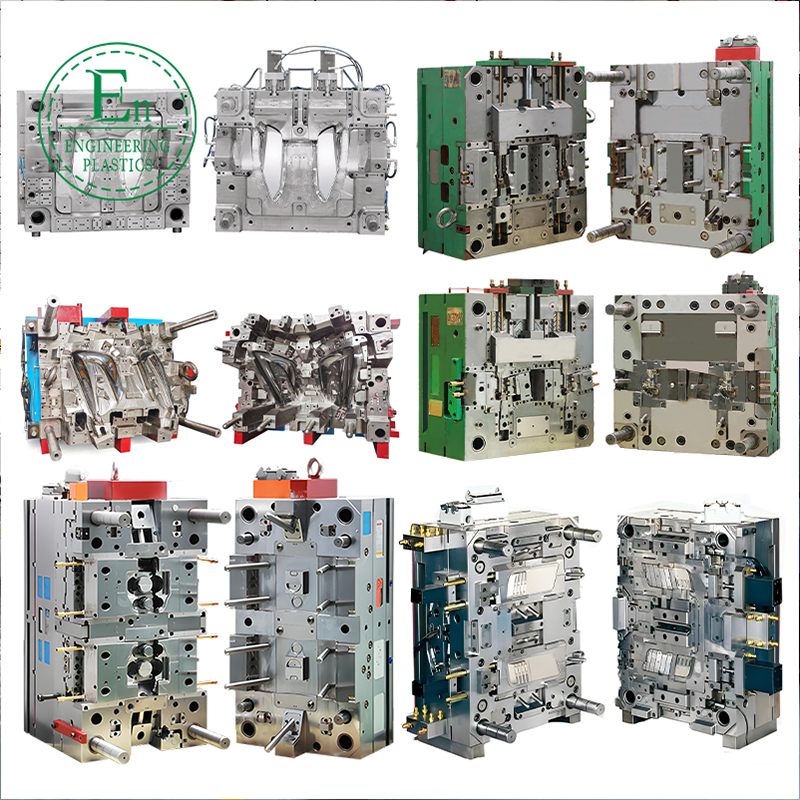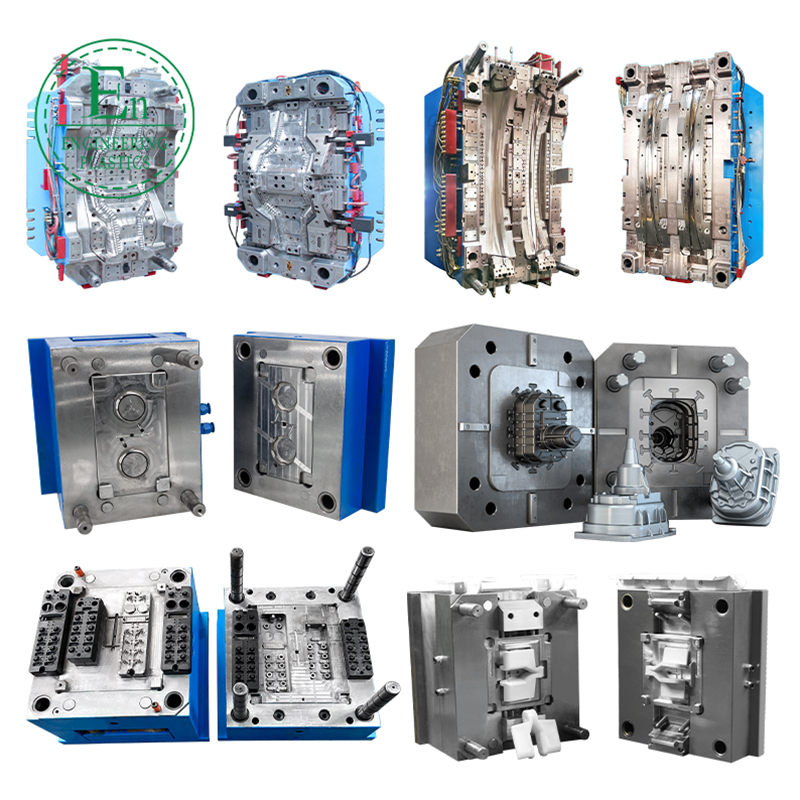
Key Injection Molding Parameters When delving into the specifics of injection molding, several key parameters warrant attention. These parameters include melt temperature, mold temperature, injection pressure, injection speed, cooling tim








Key Injection Molding Parameters
When delving into the specifics of injection molding, several key parameters warrant attention. These parameters include melt temperature, mold temperature, injection pressure, injection speed, cooling time, and cycle time. Each of these factors plays a vital role in the overall injection molding process, and understanding how they interact can lead to improved production outcomes.
Melt temperature is perhaps one of the most critical parameters to monitor. It refers to the temperature at which the plastic material is transformed into a molten state, suitable for injection into the mold. This parameter affects the viscosity of the melt, impacting how easily the material flows into the mold cavity. If the melt temperature is too low, the material may not fill the mold properly, leading to defects. Conversely, excessively high melt temperatures can degrade the material or cause excessive flash, creating additional issues during production.
Mold temperature is equally important as it influences the cooling and solidification process of the injected material. A well-controlled mold temperature ensures uniform cooling and helps minimize defects such as warpage and sink marks. In addition to these two temperatures, injection pressure and speed are crucial parameters that influence the filling phase of the process. Properly managing these parameters ensures that the mold is filled quickly and uniformly, reducing the risk of defects.
